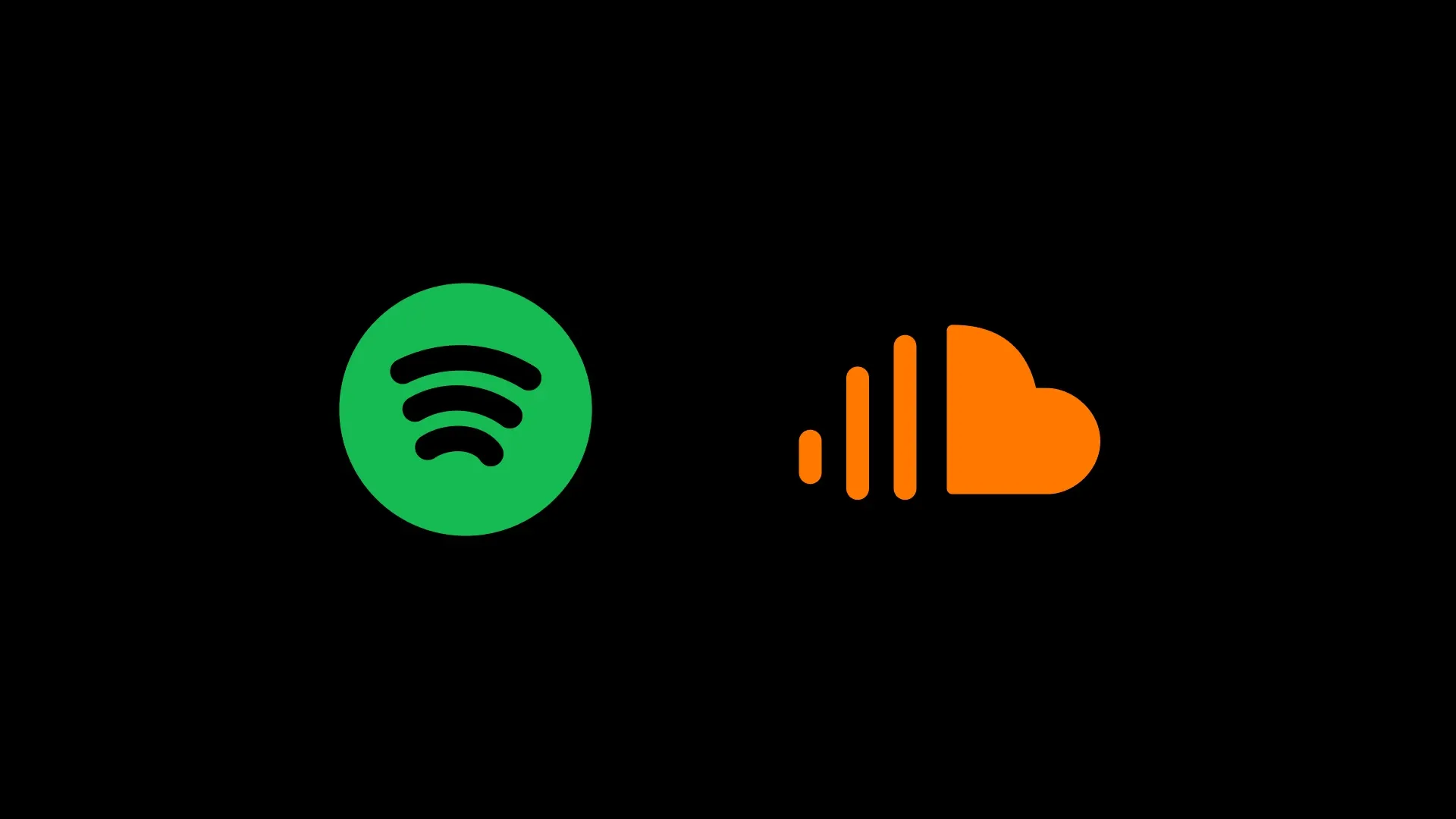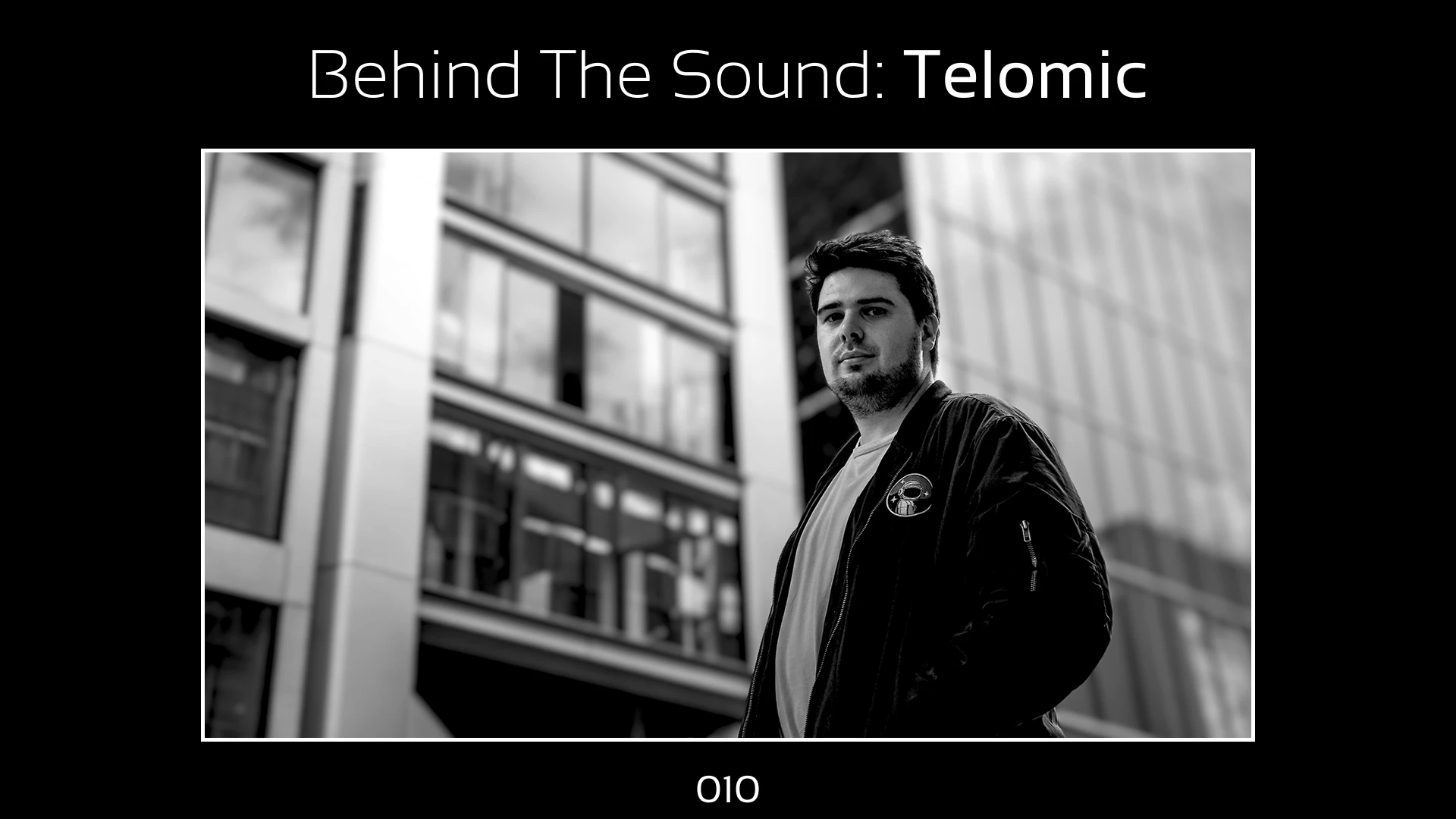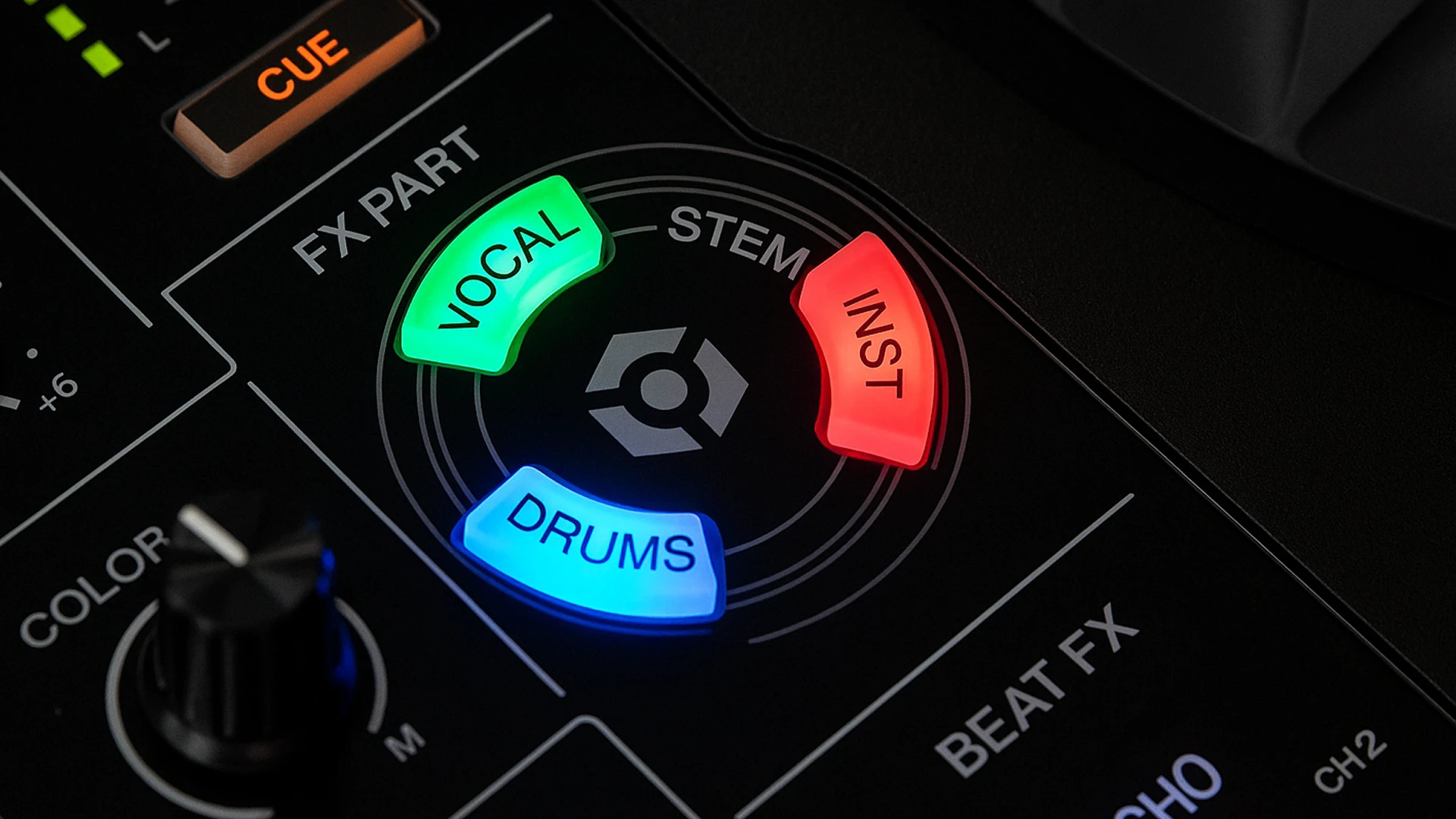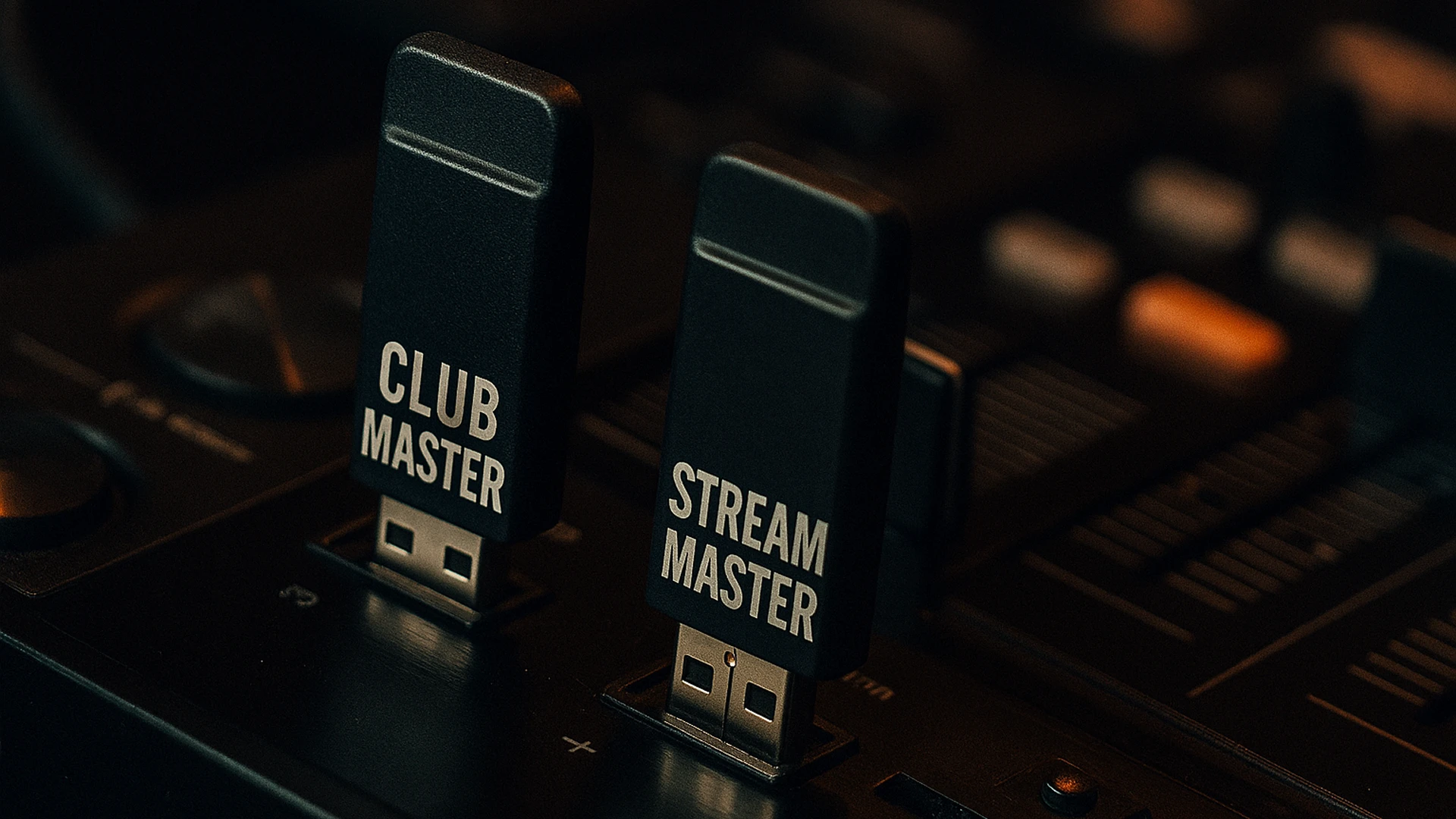How to Get Your Music Featured by SoundCloud & Spotify Algorithms in 2025
Learn how to trigger Spotify and SoundCloud algorithms in 2025. Real growth tips on playlists, reposts, promo, release timing, and more.
6 minutes read
The days of simply uploading music and hoping for the best are over. In 2025, platforms like Spotify and SoundCloud run on tightly engineered recommendation algorithms trained to decide who hears your music, when, and why.
And while industry gatekeepers haven’t disappeared, the new gatekeepers are smarter, faster, and more data-driven. The good news? You can work with the algorithm, if you understand how it thinks.
In this guide, we’ll take a deeper look at:
How the Spotify and SoundCloud algorithms actually work in 2025
What triggers recommendation playlists, feeds, and radio
What artists can do to increase visibility across platforms
How strategic research helps you reach curators, DJs, and tastemakers that matter
Part 1: SoundCloud: Discovery on a Community-Driven Platform
SoundCloud is still one of the most supportive platforms for independent artists. While it doesn’t have Spotify’s editorial presence, it has something equally valuable, a recommendation system that responds quickly to fan activity.
SoundCloud’s discovery algorithms include:
The Upload (weekly personalised recommendations)
SoundCloud Weekly & Monthly
Scenes
Buzzing
Related Tracks
Artist Stations
Daily Drops
Here’s how to work your way into these.
1. Playlist Quantity Is Key, Not Popularity
SoundCloud’s algorithm cares more about how many distinct playlists your track appears on than how many saves those playlists have. This is very different from Spotify, where follower count and engagement of the playlist can influence weight.
Strategy:
Add your song to as many relevant playlists as possible, even ones with only a few followers
Collaborate with friends to build shared playlists
Create themed playlists (moods, subgenres, city scenes) that include your own music
Prioritise relevance over reach
There’s no penalty for self-curated playlists, so long as they’re organic.
2. Embedded Streams: The Visual Embedded Player (VEP) Trick
SoundCloud favours tracks that are streamed through its Visual Embedded Player, which is used to host playable tracks on websites and blogs.
Why it matters:
Streams from embedded players are treated as external engagement signals
The more different domains your track is embedded on, the better
Tracks with diverse embed traffic are more likely to be recommended in "The Upload" and "Related Tracks"
Tip:
You can boost embed streams by refreshing or looping a track on a blog or EPK. This can work briefly, but only if it mimics organic behaviour. Authenticity still wins long-term.
Strategy:
Next Sound uses the VEP, so submitting and featuring your music on our website makes it more likely to be picked up by SoundCloud’s algorithms, while boosting streams.
By strategically placing your track on multiple sites blogs, collectives, online zines you amplify visibility and algorithmic weight.
3. Reposts are Essential for Discovery
Reposts are the oxygen of the SoundCloud algorithm. Tracks that get reposted by multiple accounts (especially if those accounts are genre aligned) are far more likely to show up in algorithmic feeds like:
The Upload
Scenes
Buzzing
Artist Stations
Best Practices:
Repost swaps still work, if they’re done with credible artists in your scene
Avoid spammy repost groups; SoundCloud may down-rank mass reposts from low-engagement accounts
Stagger reposts over 2–4 days to simulate organic discovery
4. Timing Your Upload for Maximum Impact
Unlike Spotify, the time of day doesn’t influence how the SoundCloud algorithm ranks your upload. But the day of the week does, especially for “The Upload,” SoundCloud’s algorithm driven playlist, updated on Fridays.
Strategy:
Upload on Tuesday or Wednesday
Push promo, reposts, and embeds aggressively through Thursday
If you can build strong engagement by Thursday night, you increase your chance of appearing in Friday’s The Upload
Mornings and early evenings are still smart from a listener behaviour standpoint, even if they don’t impact algorithm placement directly.
5. High-Quality Audio Boosts Visibility
Tracks uploaded in WAV, AIFF, FLAC, or ALAC are marked as “High Quality” in SoundCloud’s system. Look for the blue HD icon on your track after uploading.
Poorly encoded MP3s may get buried, especially in curated feeds.
Part 2: Spotify: Data-Driven Discovery That Scales
Spotify’s algorithm is more clinical and complex, but also more scalable. If you understand how it evaluates tracks, you can grow real momentum from a single release.
Spotify recommendations power:
Release Radar
Discover Weekly
Daily Mixes / Your Mix
Spotify Radio
On Repeat / Repeat Rewind
Algorithmic Enhanced Playlists
(Eventually) Editorial Playlists
Here’s how to work your way into these.
1. The First 7 Days Are Everything
Spotify closely monitors performance in your first 7 days, particularly:
Save rate
Skip rate
Completion rate (do people finish the track?)
Follower conversions
Playlist adds
Benchmarks to aim for:
Save rate of 10–15%
Skip rate below 25%
High repeat listens
Consistent listen-through across devices
Strategy:
Encourage fans to follow you from the track page
Get real engagement on Day 1, not bots or click farms
Submit your track via Spotify for Artists at least 7 days in advance to be eligible for Release Radar
2. Structure Matters: Design Your Song for Discovery
Spotify doesn’t just analyse performance, it tracks playback patterns in real-time. Songs that lose listeners in the first 30 seconds almost never get picked up by algorithmic playlists.
2025 Structural Trends:
Hook enters in the first 10–15 seconds
No long ambient intros unless genre-appropriate
Significant emotional or sonic shift at 45 seconds or 1:30
Track lengths are trending slightly shorter (2:20–3:00) across most genres
3. Collaborative Playlists = Slow Burn Growth
While algorithm playlists are powerful, user-generated playlists still matter, especially those with active followers and niche influence.
Strategy:
Co-curate playlists with artists in your genre
Ask your fans to add tracks to their personal playlists
Submit to independent curators via email, blogs, Instagram, or platforms like Groover and SubmitHub
Playlists help Spotify’s system triangulate your audience and widen your artist radio and Discovery feeds.
4. The Power of Research (And Why It’s Underrated)
Finding the right people to pitch to (curators, DJs, playlist editors, and blog writers) is more important than ever, but it has to be targeted.
That’s why Next Sound's Research Packages are designed to give artists an edge by focusing on precision:
We find Spotify playlists, YouTube channels, blogs, influencers, DJs, and radio stations tailored specifically to your genre, sound, and career stage. Every contact is hand-picked and trusted to help you grow your audience.
In a world of mass-pitching and inbox spam, tailored outreach with the right track, at the right time, to the right person wins every time.
Use data to pitch smart, not wide.
5. Release Consistently, Not Randomly
Spotify rewards consistency. If your profile goes quiet for months, your reach declines. But steady, planned releases send a strong signal that you're active and worth recommending.
Sustainable schedule:
A new release every 4–6 weeks
Alternate singles, features, remixes, VIP versions
Use collabs to reach adjacent audiences
Build a “release runway” with pre-saves, teasers, and fan-generated content
Final Thoughts
The algorithms powering Spotify and SoundCloud aren’t random, they’re responsive. Every skip, every save, every playlist feature feeds into a system that decides what gets shared, surfaced, and streamed.
As an artist, your job isn’t to beat the algorithm. It’s to teach it who your audience is through consistent quality, data-backed strategy, and authentic growth.
And if you need help finding the people who can accelerate that process (DJs, bloggers, influencers, curators who already support music like yours) our research will take the weight off your shoulders.
Email info@nextsound.net to find out more



